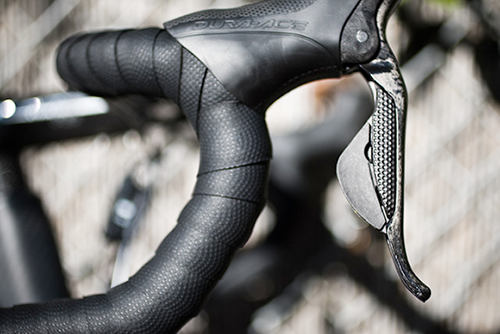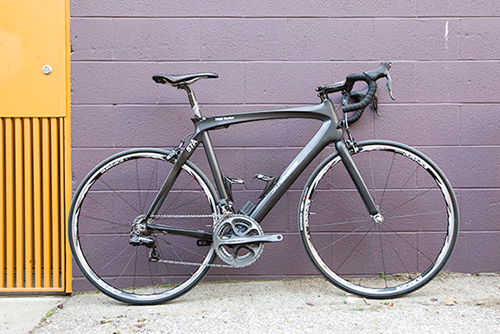 Shimano, a company that’s been at the forefront of the cycling-component industry for decades, has got a new product. It’s an electronic shifting system that forgoes mechanical cable for electronic impulses and servomotors.
Shimano, a company that’s been at the forefront of the cycling-component industry for decades, has got a new product. It’s an electronic shifting system that forgoes mechanical cable for electronic impulses and servomotors.
Above: Shimano brought by one of its test-bed bikes (a non-badged Orbea Orca) for a quick ride on the company’s new electronic Dura-Ace components.
Above: Shifting controls are on the levers like mechanical Dura-Ace, but they are just switches. It takes much less pressure to activate a shift than on standard systems, but it still takes a little effort to give the rider some feedback.
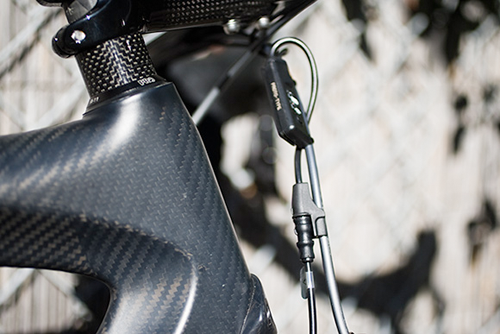
Above: The wiring harness contains a small control box that provides battery-status indicators, as well as a way to adjust the system when you’re out on the road. This can correct for problems in alignment that might arise after a crash.
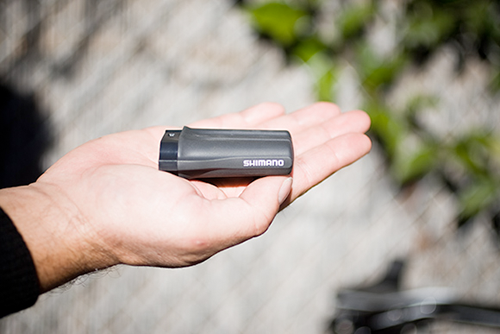
Above: The battery pack mounts on the down tube, tucked under the water-bottle cages. Shimano claims battery life of more than a thousand miles per charge, and the battery can do more than 300 charge cycles.
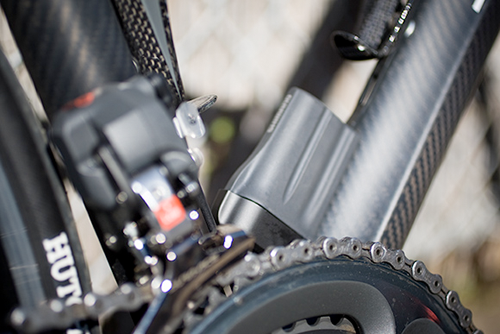
Above: The battery pack is surprisingly light and small, given the size of the motors it has to power. The complete electronic system is about 70 grams heavier than the mechanical version of Dura-Ace.
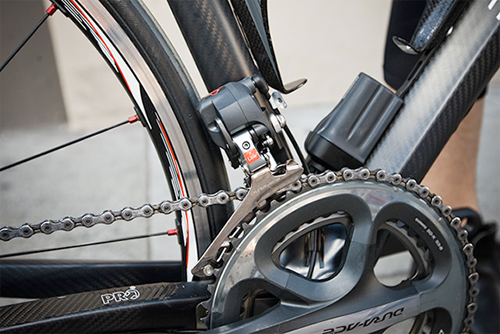
Above: The powerful servomotor on the front derailleur provides superquick and crisp shifts. Front shifting is the clear killer app on the electronic group, really an astonishing improvement on the usual performance.
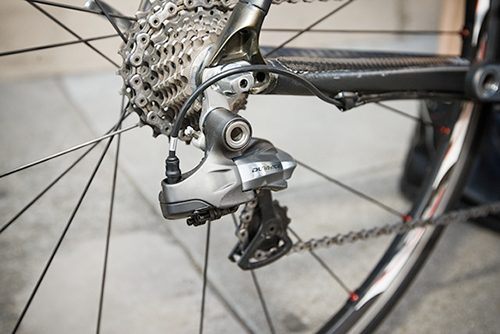
Rear shifting is also actuated by a servo in the derailleur. Overall the shifting is much faster than the mechanical version, as the impulses can be sent to the derailleurs much faster than the cable can be pulled in the standard setup.
via: wired.com Photos: Jon Snyder/Wired.com




